
Foreword
This manual is written for an experienced technician. Essential tools required in performing certain service work are identified in this manual and are recommended for use. Live with safety: Read the safety messages in the introduction of this manual and the cautions presented throughout the text of the manual.
This is the safety-alert symbol. When you see this symbol on the machine or in this manual, be alert to the potential for personal injury.
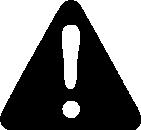
Technical manuals are divided in two parts: repair and operation and tests. Repair sections tell how to repair the components. Operation and tests sections help you identify the majority of routine failures quickly.
Information is organized in groups for the various components requiring service instruction. At the beginning of each group are summary listings of all applicable essential tools, service equipment and tools, other materials needed to do the job, service parts kits, specifications, wear tolerances, and torque values.
Technical Manuals are concise guides for specific machines. They are on-the-job guides containing only the vital information needed for diagnosis, analysis, testing, and repair.
Fundamental service information is available from other sources covering basic theory of operation, fundamentals of troubleshooting, general maintenance, and basic type of failures and their causes.


Section 10 General
Group 05 Safety
Group 10 General Specifications
Group 15 Fuels and Lubricants
Group 20 Tune-Up and Adjustments
Section 20 Engine
Group 05 Component Removal and Installation
Group 10 Cooling System
Group 20 Auxiliary Coolers
Section 30—Fuel and Air
Group 05 Diesel Fuel System
Group 10 Air Intake System
Section 40—Electrical
Group 05 Batteries
Group 10 Electrical Harness and Connectors
Group 15 Wire Harness Routings
Group 20 Sensors and Switches
Group 30 Fuses and Relays
Group 40 Charging System
Group 45 Starting System
Section 50 Power Train
Group 05 Pump Drive Gear Case
Section 55—Track
Group 05 Track
Group 10 Final Drive Repair
Section 57—Wheel
Group 05 Wheel
Section 60—Steering and Brakes
Group 10 Steering Valve
Group 15 Steering Arms and Pivots
Section 70—Hydraulic System
Group 05 Hydraulic Reservoir
Group 10 Hydraulic Pumps
Group 15 Hydraulic Valves
Group 20 Hydraulic Cylinders
Group 25 Hydraulic Motors
Group 30 Accumulators
Section 80—Miscellaneous
Group 05 Rails and Platform
Section 90 Operator's Station
Group 05 Air Conditioning System
Group 10 System Components
Group 15 Seats
Group 20 Cab
Section 100 Topper System
Group 05 Topper
Section 110 Crop Divider System
Group 05 Crop Divider
Section 120—Knockdown Roller
Group 05 Knockdown Roller
Section 130—Base Cutter System
Group 05 Base Cutter Gear Case
Section 140 Feed Roller System
Group 05 Buttlifter Roller (B1)
Group 10 Bottom Feed Roller
Group 15 Top Feed Roller
Section 150—Chopper System
Group 05 Chopper
Section 160 Cleaning System
Group 05 Primary Extractor
Section 170—Elevator System
Group 05 Elevator Systems Installation
Section 199—Dealer Fabricated Tools
Group 05 Dealer Fabricated Tools
Original Instructions. All information, illustrations and specifications in this manual are based on the latest information available at the time of publication. The right is reserved to make changes at any time without notice.
Recognize Safety Information
This is a safety-alert symbol. When you see this symbol on your machine or in this manual, be alert to the potential for personal injury.
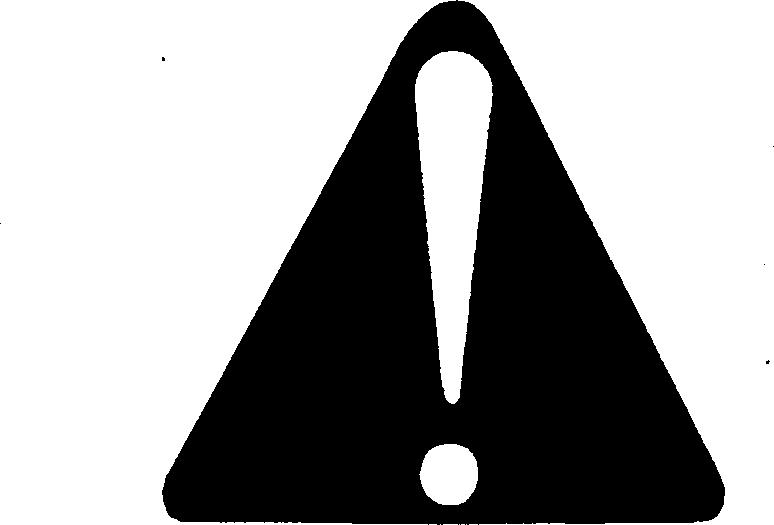
Follow recommended precautions and safe operating practices.
Understand Signal Words
A signal word DANGER, WARNING, or CAUTION is used with the safety-alert symbol. DANGER identifies the most serious hazards.
DANGER or WARNING safety signs are located near specific hazards. General precautions are listed on CAUTION safety signs. CAUTION also calls attention to safety messages in this manual.

Follow Safety Instructions
Carefully read all safety messages in this manual and on your machine safety signs. Keep safety signs in good condition. Replace missing or damaged safety signs. Be sure new equipment components and repair parts include the current safety signs. Replacement safety signs are available from your John Deere dealer.
There can be additional safety information contained on parts and components sourced from suppliers that is not reproduced in this operator's manual.
Learn how to operate the machine and how to use controls properly. Do not let anyone operate without instruction.

Keep your machine in proper working condition. Unauthorized modifications to the machine may impair the function and/or safety and affect machine life.
If you do not understand any part of this manual and need assistance, contact your John Deere dealer.
Work in Clean Area
Before starting a job:
• Clean work area and machine.
• Make sure you have all necessary tools to do your job.
• Have the right parts on hand.
• Read all instructions thoroughly; do not attempt shortcuts.
Service Machines Safely
Tie long hair behind your head. Do not wear a necktie, scarf, loose clothing, or necklace when you work near machine tools or moving parts. If these items were to get caught, severe injury could result.
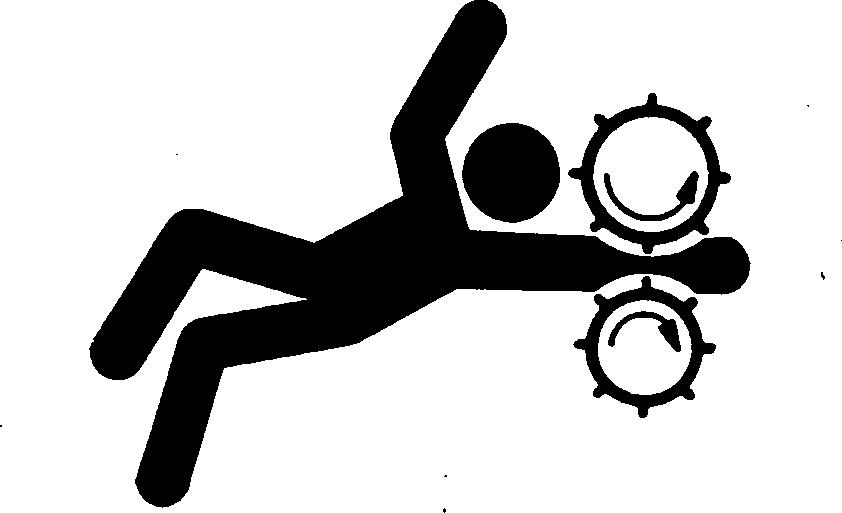
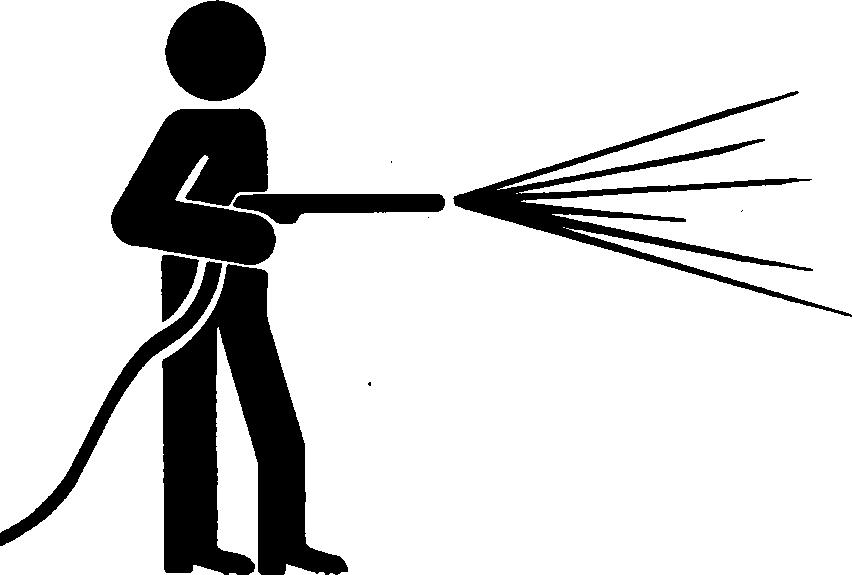
Remove rings and other jewelry to prevent electrical shorts and entanglement in moving parts.
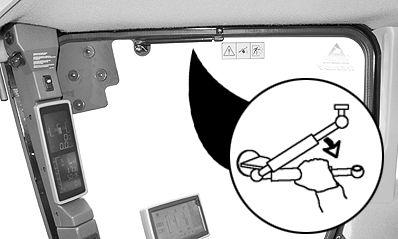
Emergency Exit
The right-hand cab window may be used as an emergency exit. Disengage the gas-filled spring on the sidewall of the cab and open the window.
Work In Ventilated Area
Engine exhaust fumes can cause sickness or death. If it is necessary to run an engine in an enclosed area, remove the exhaust fumes from the area with an exhaust pipe extension.
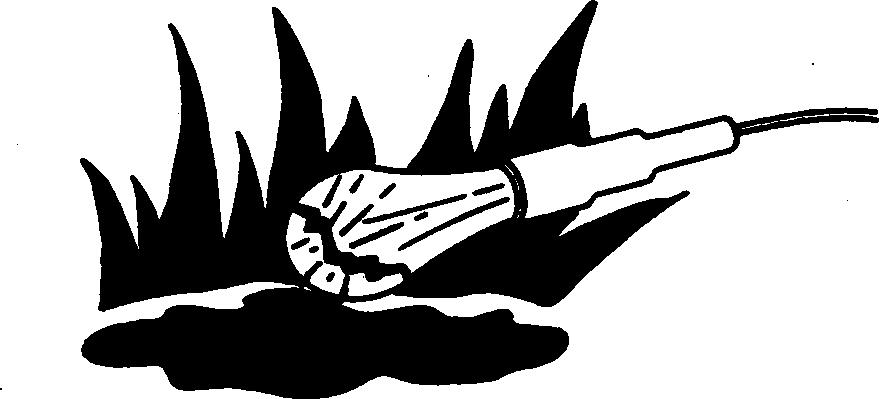
If you do not have an exhaust pipe extension, open the doors and get outside air into the area.
Illuminate Work Area Safely
Illuminate your work area adequately but safely. Use a portable safety light for working inside or under the machine. Make sure the bulb is enclosed by a wire cage. The hot filament of an accidentally broken bulb can ignite spilled fuel or oil.
Replace Safety Signs
Replace missing or damaged safety signs. Use this operator’s manual for correct safety sign placement.

There can be additional safety information contained on parts and components sourced from suppliers that is not reproduced in this operator's manual.

Use Proper Lifting Equipment
Lifting heavy components incorrectly can cause severe injury or machine damage.
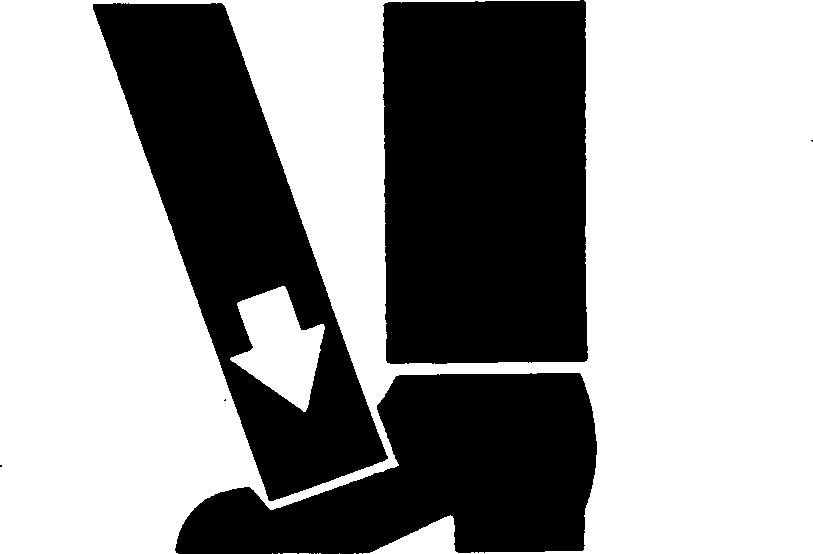
Follow recommended procedure for removal and installation of components in the manual.
Support Machine Properly
Always lower the attachment or implement to the ground before you work on the machine. If the work requires that the machine or attachment be lifted, provide secure support for them. If left in a raised position, hydraulically supported devices can settle or leak down.
Do not support the machine on cinder blocks, hollow tiles, or props that may crumble under continuous load. Do not work under a machine that is supported solely by a jack. Follow recommended procedures in this manual.

When implements or attachments are used with a machine, always follow safety precautions listed in the implement or attachment operator's manual.
Avoid Heating Near Pressurized Fluid Lines
Flammable spray can be generated by heating near pressurized fluid lines, resulting in severe burns to yourself and bystanders. Do not heat by welding, soldering, or using a torch near pressurized fluid lines or other flammable materials. Pressurized lines can accidentally burst when heat goes beyond the immediate flame area.
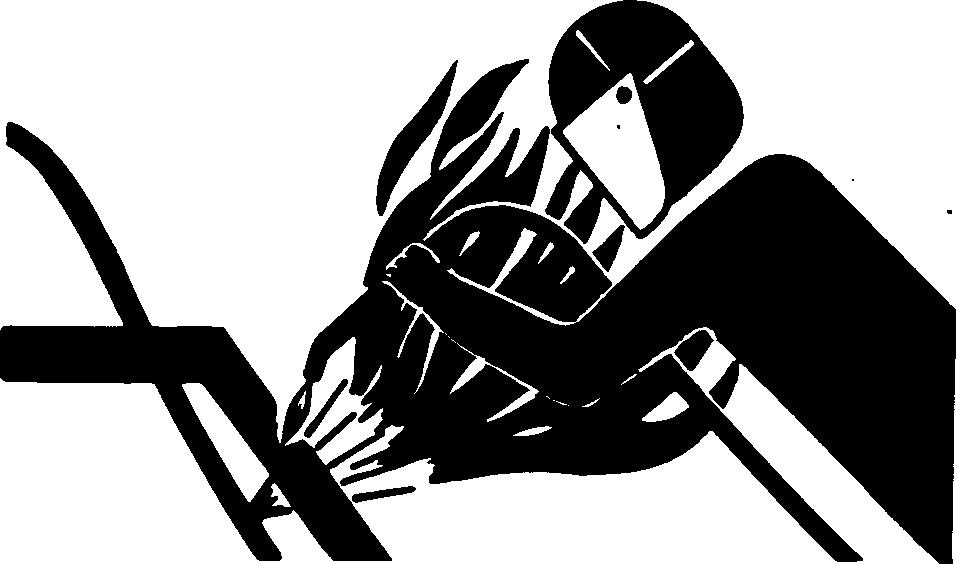
Remove Paint Before Welding or Heating
Avoid potentially toxic fumes and dust.
Hazardous fumes can be generated when paint is heated by welding, soldering, or using a torch. Remove paint before heating:
• Remove paint a minimum of 100 mm (4 in.) from area to be affected by heating. If paint cannot be removed, wear an approved respirator before heating or welding.
• If you sand or grind paint, avoid breathing the dust. Wear an approved respirator.

• If you use solvent or paint stripper, remove stripper with soap and water before welding. Remove solvent or paint stripper containers and other flammable material from area. Allow fumes to disperse at least 15 minutes before welding or heating.
Do not use a chlorinated solvent in areas where welding will take place.
Precautions for Welding
Remove paint before welding or heating (see Safety Section in this manual for more information on paint removal and high-pressure lines).
CAUTION: Avoid potentially toxic fumes and dust. Hazardous fumes can be generated when paint is heated by welding, soldering, or using a torch. Do all work outside or in a well ventilated area. Dispose of paint and solvent properly. If you sand or grind paint, avoid breathing the dust by wearing an approved respirator. If you use solvent or paint stripper, remove with soap and water before welding. Remove solvent or paint stripper containers and other flammable material from area before welding. Allow fumes to disperse at least 15 minutes before welding or heating.
IMPORTANT: Welding on the engine is NOT ALLOWED. If welding must be performed on the machine, follow these precautions.
IMPORTANT: High currents or electrostatic discharge into electronic components from welding may cause permanent damage.

1. Remove paint from the area to be welded and ground cable clamp location.
2. Disconnect the negative (-) battery cable(s) or open battery (-) switch if equipped.
Do all work in an area that is well ventilated to carry toxic fumes and dust away.
Dispose of paint and solvent properly.
3. Disconnect the positive (+) battery cable(s) or open battery (+) switch if equipped.
4. Clear or move any wiring harness sections away from the welding area.
5. Welding on engine components is not allowed.

6. Never connect the welder ground to any engine component or engine driven components that may be connected to the engine.
7. After welding, reverse steps 2 3.
Live With Safety

Before returning machine to customer, make sure machine is functioning properly, especially the safety systems. Install all guards and shields.
Construct Dealer-Made Tools Safely
Faulty or broken tools can result in serious injury. When constructing tools, use proper, quality materials, and good workmanship.
Do not weld tools unless you have the proper equipment and experience to perform the job.

Seat Safety Switch
The operator must be seated and reset switch activated to functions, the operator must return to seated position and start harvesting functions. engage reset switch located on the armrest console. If the operator leaves the seat for more than five seconds, harvesting functions will stop. To restart harvesting WM05597,00007DF -19-11FEB13-1/1
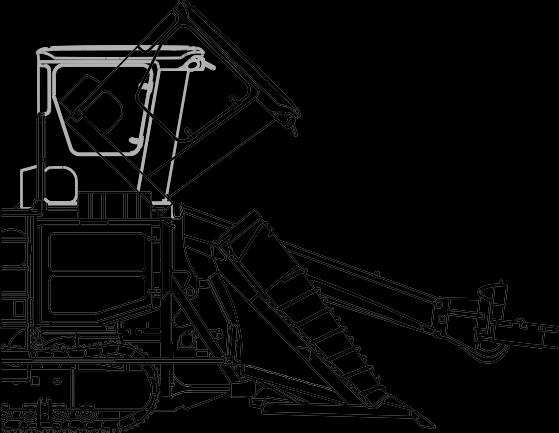
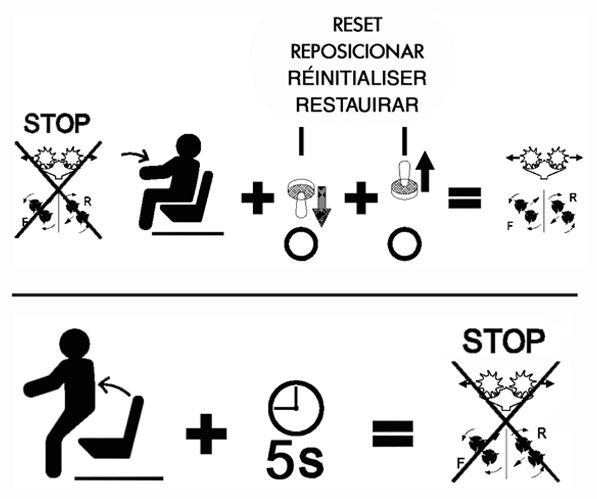
Tilting the Cab
The entire cab tilts forward, providing access to the engine for maintenance and repair by a qualified technician. The cab pivots at the front, raised by a single hydraulic cylinder. Make sure there are no people near the machine. Be sure that windows are closed, articles are removed from the cab and the topper boom is completely lowered to prevent damage. (See Service Section for tilting the cab procedure). WM05597,00007E0 -19-21FEB13-1/1
Protect Bystanders
Be sure everyone is clear of the harvester before starting the engine or moving the steering wheel.
Use Steps and Handholds Correctly
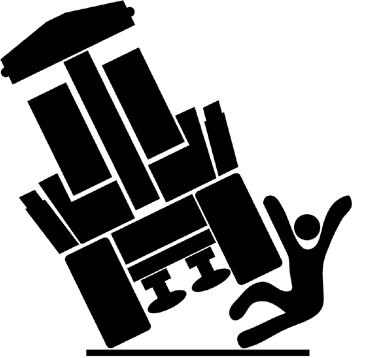
Prevent falls by facing the machine when getting on and off. Maintain 3-point contact with steps, handholds, and handrails.
Use extra care when mud, snow, or moisture present slippery conditions. Keep steps clean and free of grease or oil. Never jump when exiting machine. Never mount or dismount a moving machine.
Wear Protective Clothing
Wear close fitting clothing and safety equipment appropriate to the job.
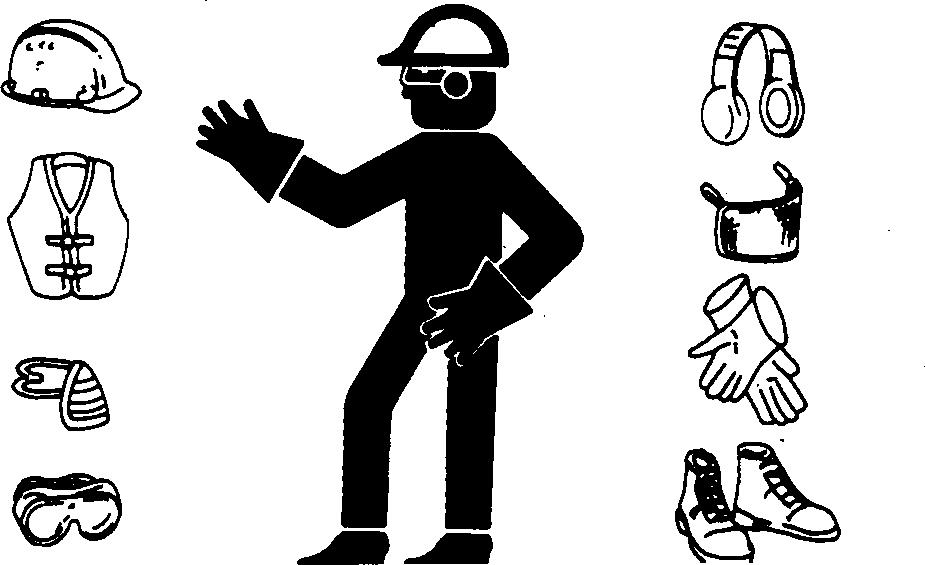
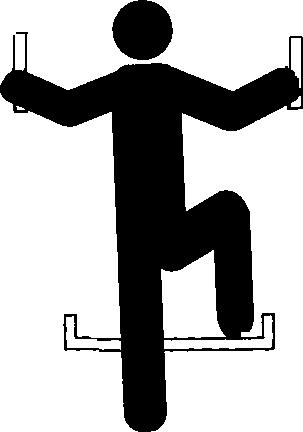
Prolonged exposure to loud noise can cause impairment or loss of hearing.
Wear a suitable hearing protective device such as earmuffs or earplugs to protect against objectionable or uncomfortable loud noises.
Operating equipment safely requires the full attention of the operator. Do not wear radio or music headphones while operating machine.
Handle Fuel Safely—Avoid Fires
Handle fuel with care: it is highly flammable. Do not refuel the machine while smoking or when near open flame or sparks.
Always stop engine before refueling machine. Fill fuel tank outdoors.
Prevent fires by keeping machine clean of accumulated trash, grease, and debris. Always clean up spilled fuel. Use only an approved fuel container for transporting flammable liquids.
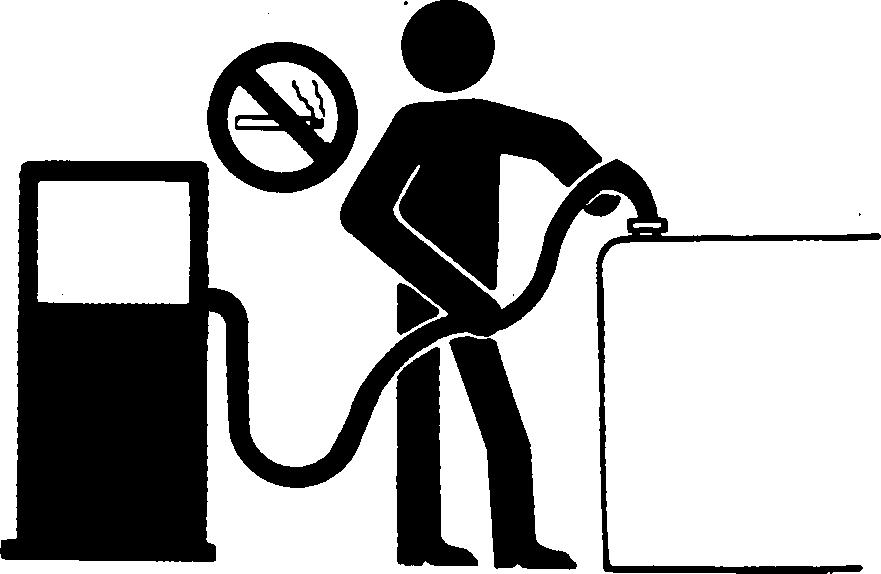
Never fill fuel container in pickup truck with plastic bed liner. Always place fuel container on ground before refueling. Touch fuel container with fuel dispenser nozzle Do not store fuel container where there is an open flame, before removing can lid. Keep fuel dispenser nozzle in spark, or pilot light such as within a water heater or other contact with fuel container inlet when filling. appliance.
Service Accumulator Systems Safely
Escaping fluid or gas from systems with pressurized accumulators that are used in air conditioning, hydraulic, and air brake systems can cause serious injury. Extreme heat can cause the accumulator to burst, and pressurized lines can be accidentally cut. Do not weld or use a torch near a pressurized accumulator or pressurized line.
Relieve pressure from the pressurized system before removing accumulator.
Relieve pressure from the hydraulic system before removing accumulator. Never attempt to relieve hydraulic system or accumulator pressure by loosening a fitting.
Accumulators cannot be repaired.
Service Cooling System Safely
Explosive release of fluids from pressurized cooling system can cause serious burns.
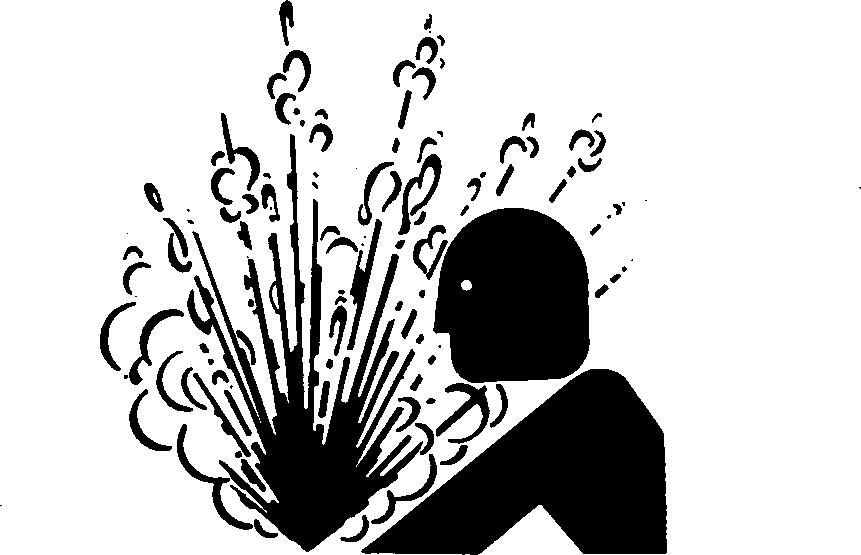
Shut off engine. Only remove filler cap when cool enough to touch with bare hands. Slowly loosen cap to first stop to relieve pressure before removing completely.

Prepare for Emergencies
Be prepared if a fire starts. Keep a first aid kit and fire extinguisher handy. Keep emergency numbers for doctors, ambulance service, hospital, and fire department near your telephone.
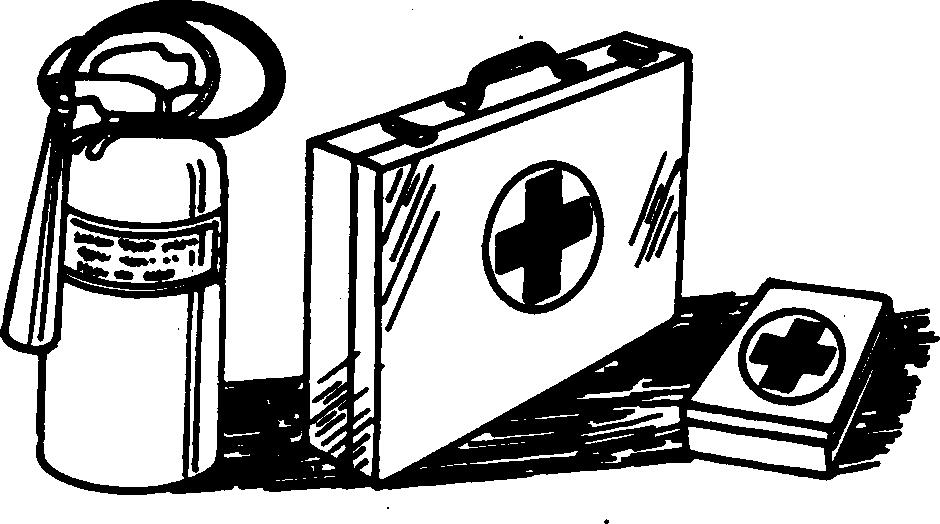
Use Safety Lights and Devices
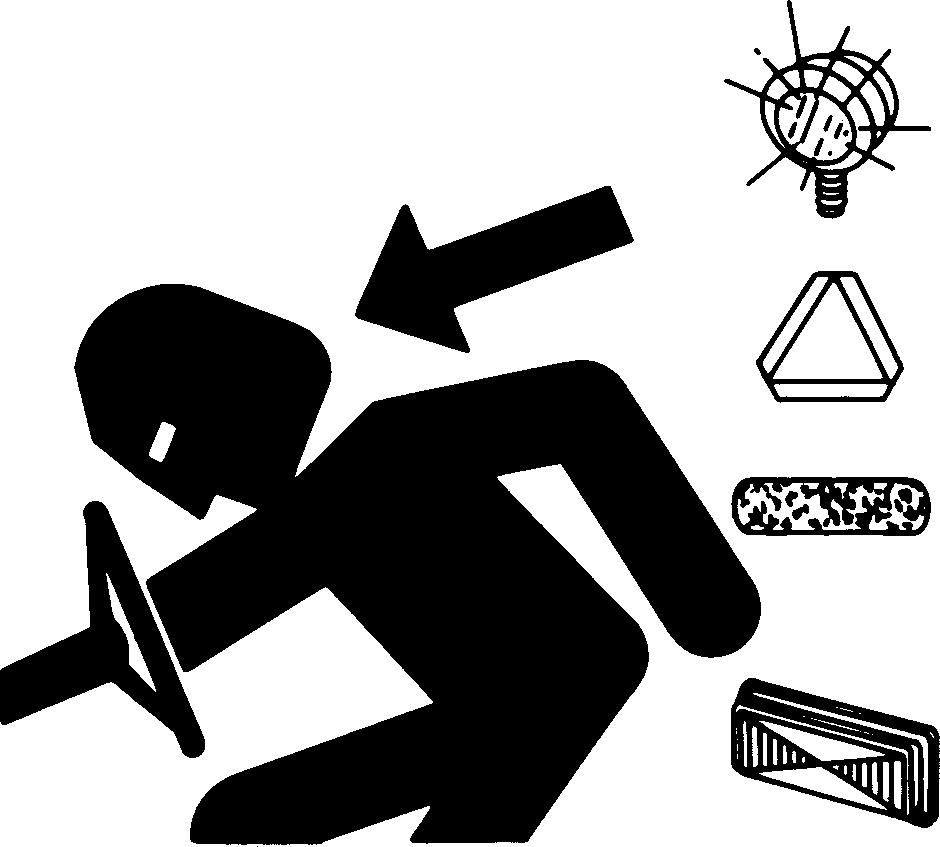
Prevent collisions between other road users, slow moving tractors with attachments or towed equipment, and self-propelled machines on public roads. Frequently check for traffic from the rear, especially in turns, and use turn signal lights.
Use headlights, flashing warning lights, and turn signals day and night. Follow local regulations for equipment lighting and marking. Keep lighting and marking visible, clean, and in good working order. Replace or repair lighting and marking that has been damaged or lost. An implement safety lighting kit is available from your John Deere dealer.
Using Cylinder Safety Stops
When working under the harvester, always raise the machine all the way up. Raise the machine, lower the safety stops on suspension height cylinders and slowly lower the harvester until the suspension is completely locked. If a hose bursts, the safety stops limit the course of the cylinders and the harvester will remain raised.
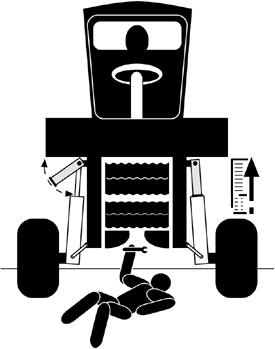
Safe Transport of Harvester
Before driving harvester on public roads, raise the topper. It should not, however, obstruct the operator's view.
Unless other conditions require, normal configuration of the harvester for road transport would be with frame raised to level, crop dividers raised, and topper and elevator lowered to not exceed height of the cab.

Avoid High-Pressure Fluids
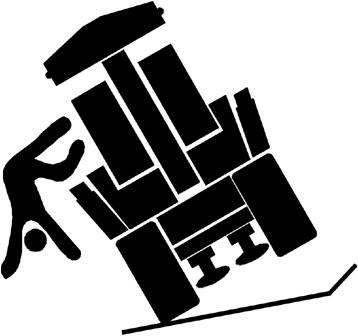
Inspect hydraulic hoses periodically – at least once per year – for leakage, kinking, cuts, cracks, abrasion, blisters, corrosion, exposed wire braid or any other signs of wear or damage.
Replace worn or damaged hose assemblies immediately with John Deere approved replacement parts.
Escaping fluid under pressure can penetrate the skin causing serious injury.
Avoid the hazard by relieving pressure before disconnecting hydraulic or other lines. Tighten all connections before applying pressure.
with this type of injury should reference a knowledgeable Search for leaks with a piece of cardboard. Protect hands medical source. Such information is available in and body from high-pressure fluids. English from Deere & Company Medical Department in If an accident occurs, see a doctor immediately. Any fluid Moline, Illinois, U.S.A., by calling 1-800-822-8262 or +1 injected into the skin must be surgically removed within 309-748-5636. a few hours or gangrene may result. Doctors unfamiliar
Use Caution on Hillsides
Avoid holes, ditches, and obstructions that may cause the harvester to tip over, especially on hillsides.
NEVER drive near the edge of a gully or steep embankment because it may cave in.
The danger of an overturn increases greatly with narrow tread, 2032 mm (80 in.) or less, and with high speed.
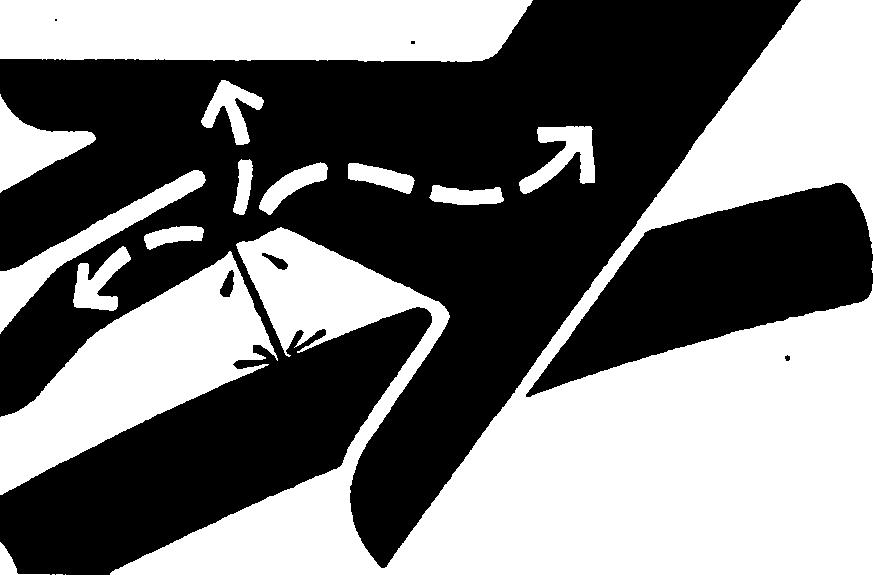
Keep hydraulic oil level at upper level when operating on hillsides. Low oil level might result in loss of steering. If this should happen, hold harvester with brakes, shift to NEUTRAL, apply parking brake, stop engine, and add hydraulic oil to proper level.
Before operating on extremely steep slopes, fill hydraulic system overfull in sight glass, from 4 to 8 L (1 to 2 gal.). This is particularly important when using large hydraulic cylinders, due to the volume of oil used to extend them.
Use Caution On Slopes When Turning
Ballast of machine is greatly affected by position of elevator.
When operating on slopes, elevator MUST be centered behind machine before turning.
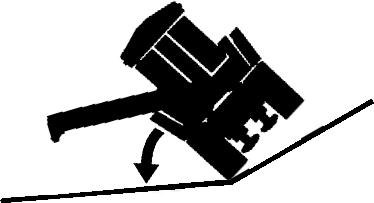
The danger of an overturn increases greatly when elevator is swung to left or right during a turn.
Stopping and Parking
Your ability to stop your harvester and park it safely is just as important as being able to get it underway safely.
Harvester rollover, collisions, runaway tractors, and people being crushed under machines can happen when operators ignore safety.
To avoid these accidents, take some precautions:
• Signal before stopping, turning, or slowing down on highways.
• Pull over to right-hand shoulder of highway before stopping, if possible.
• Slow down before braking.
• Pump brakes when stopping on slippery surfaces like ice, snow, mud, or loose gravel.
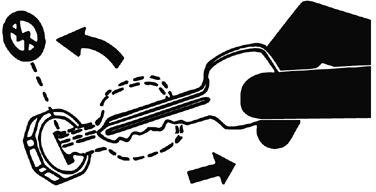
• Shift to park or set parking brake.
• Turn off all electrical switches and remove key.
Service Tires Safely
Explosive separation of a tire and rim parts can cause serious injury or death.
Do not attempt to mount a tire unless you have the proper equipment and experience to perform the job.
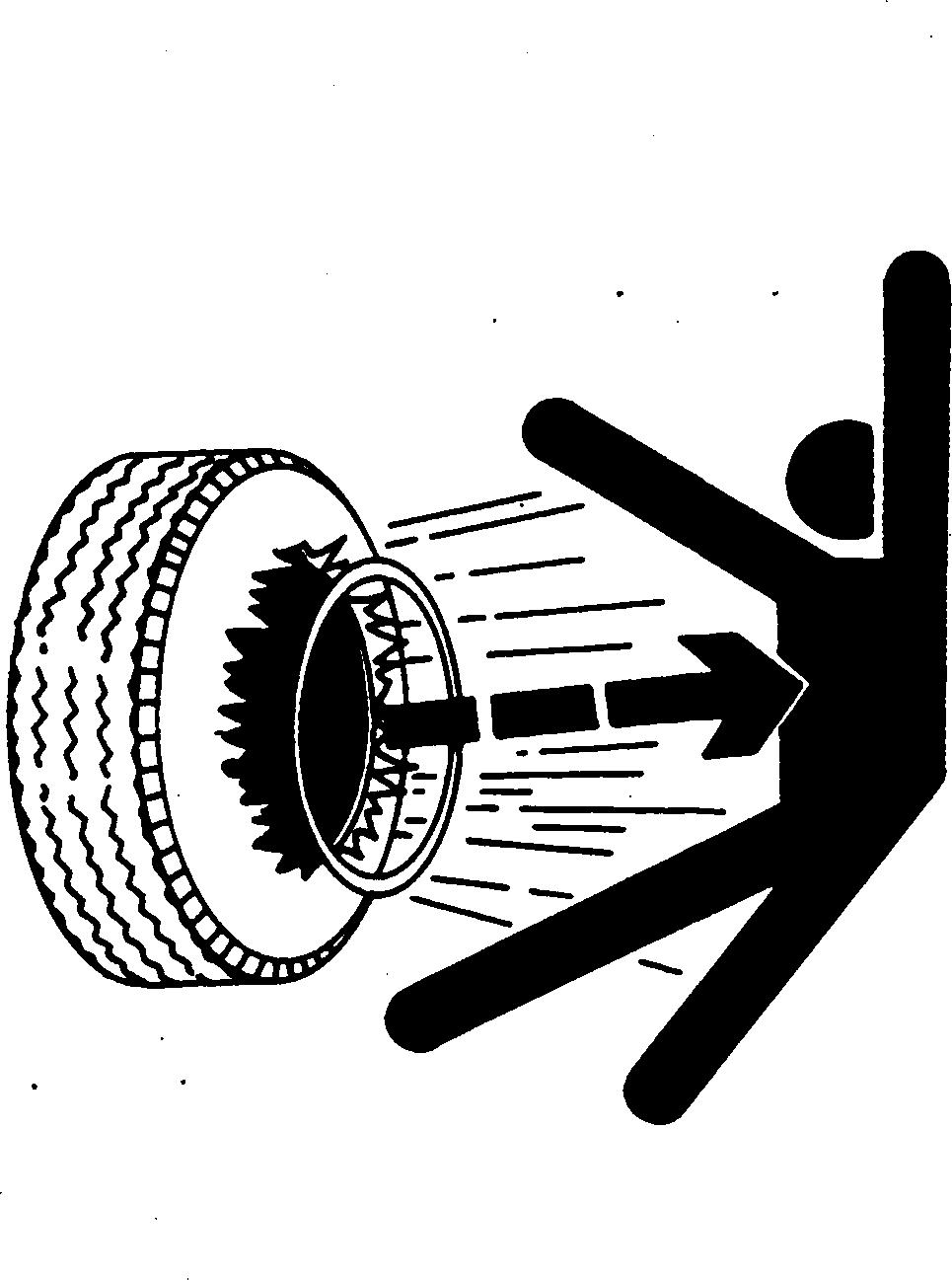
Always maintain the correct tire pressure. Do not inflate the tires above the recommended pressure. Never weld or heat a wheel and tire assembly. The heat can cause an increase in air pressure resulting in a tire explosion. Welding can structurally weaken or deform the wheel.
When inflating tires, use a clip-on chuck and extension hose long enough to allow you to stand to one side and NOT in front of or over the tire assembly. Use a safety cage if available.
Check wheels for low pressure, cuts, bubbles, damaged rims or missing lug bolts and nuts.
Avoid Electrical Power Lines
Put the topper and elevator in transport position before driving on public roads.
Secure radio aerial in its transport position before driving on public roads, it may come into contact with low-hanging electrical cables. This would result in the operator suffering a severe electrical shock.
Maintain minimum distance of 3 m (10 ft.) plus twice the length of power line insulators.
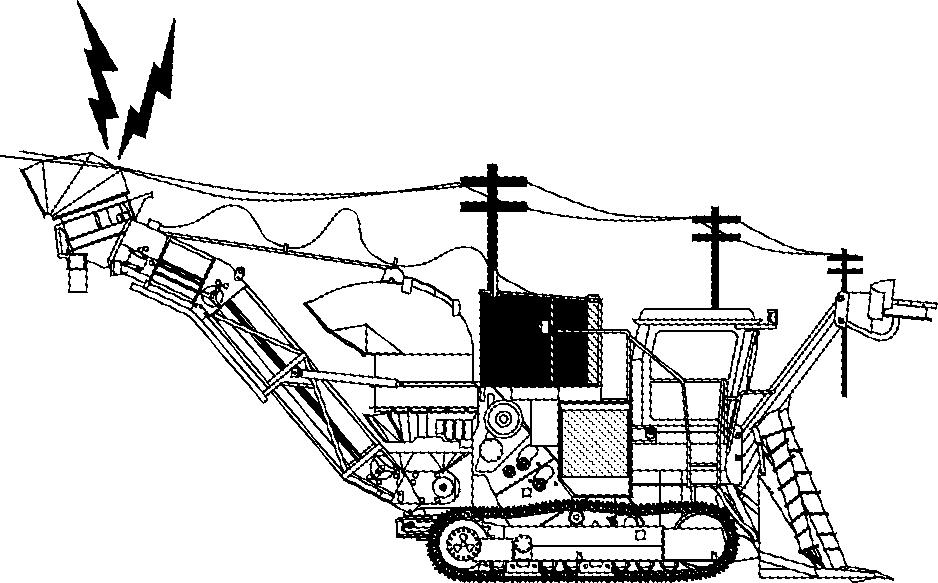
Keep Hands Away from Knives
Never attempt to clear obstructions in cutting areas unless engine is shut off and key removed. Everyone must be clear of the harvester before starting the engine.
Cutting/Shearing areas: topper, side knives, vine knives, base cutter blades, cooling fans, extractors, and elevator slats.
Dispose of Waste Properly
Improperly disposing of waste can threaten the environment and ecology. Potentially harmful waste used with John Deere equipment include such items as oil, fuel, coolant, brake fluid, filters, and batteries.
Use leakproof containers when draining fluids. Do not use food or beverage containers that may mislead someone into drinking from them.
Do not pour waste onto the ground, down a drain, or into any water source.
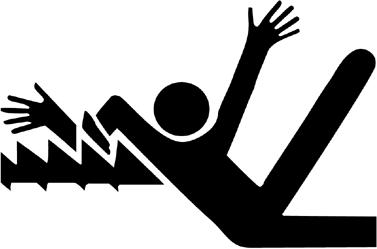
Air conditioning refrigerants escaping into the air can damage the Earth’s atmosphere. Government regulations may require a certified air conditioning service center to recover and recycle used air conditioning refrigerants.
Prevent Battery Explosions
Keep sparks, lighted matches, and open flame away from the top of battery. Battery gas can explode.
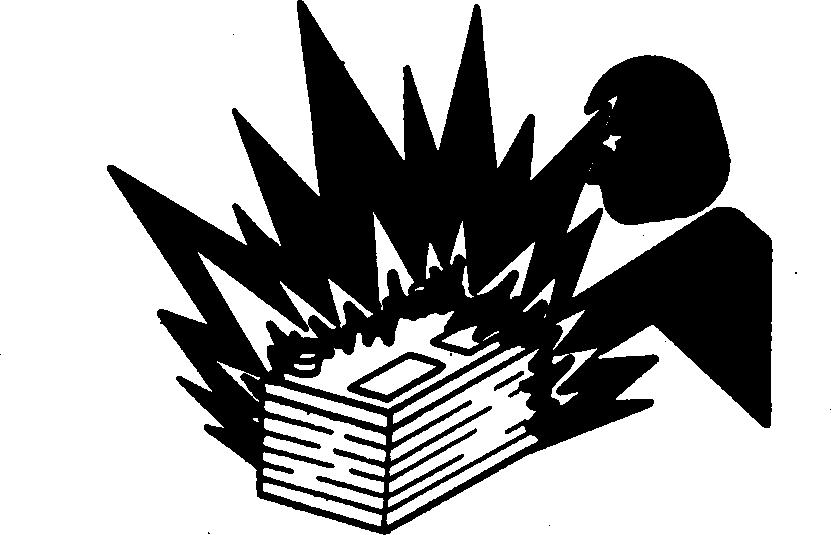
Never check battery charge by placing a metal object across the posts. Use a volt-meter or hydrometer.
Do not charge a frozen battery; it may explode. Warm battery to 16°C (60°F).
Inquire on the proper way to recycle or dispose of waste from your local environmental or recycling center, or from your John Deere dealer.
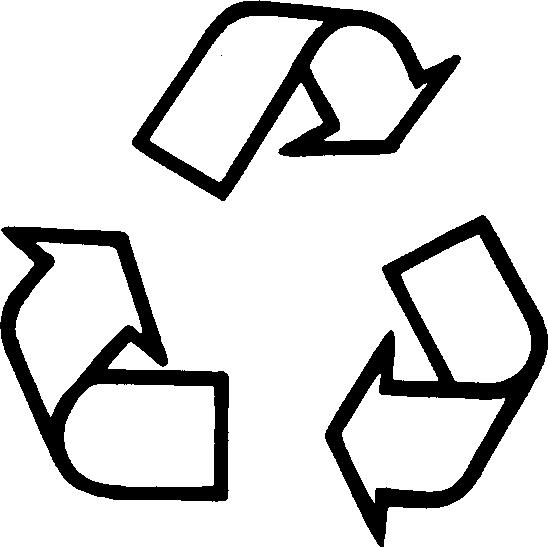
Prevent Acid Burns
Sulfuric acid in battery electrolyte is poisonous. It is strong enough to burn skin, eat holes in clothing, and cause blindness if splashed into eyes.
Avoid the hazard by:
1. Filling batteries in a well-ventilated area.
2. Wearing eye protection and rubber gloves.
3. Avoiding breathing fumes when electrolyte is added.
4. Avoiding spilling or dripping electrolyte.
5. Use proper jump start procedure.
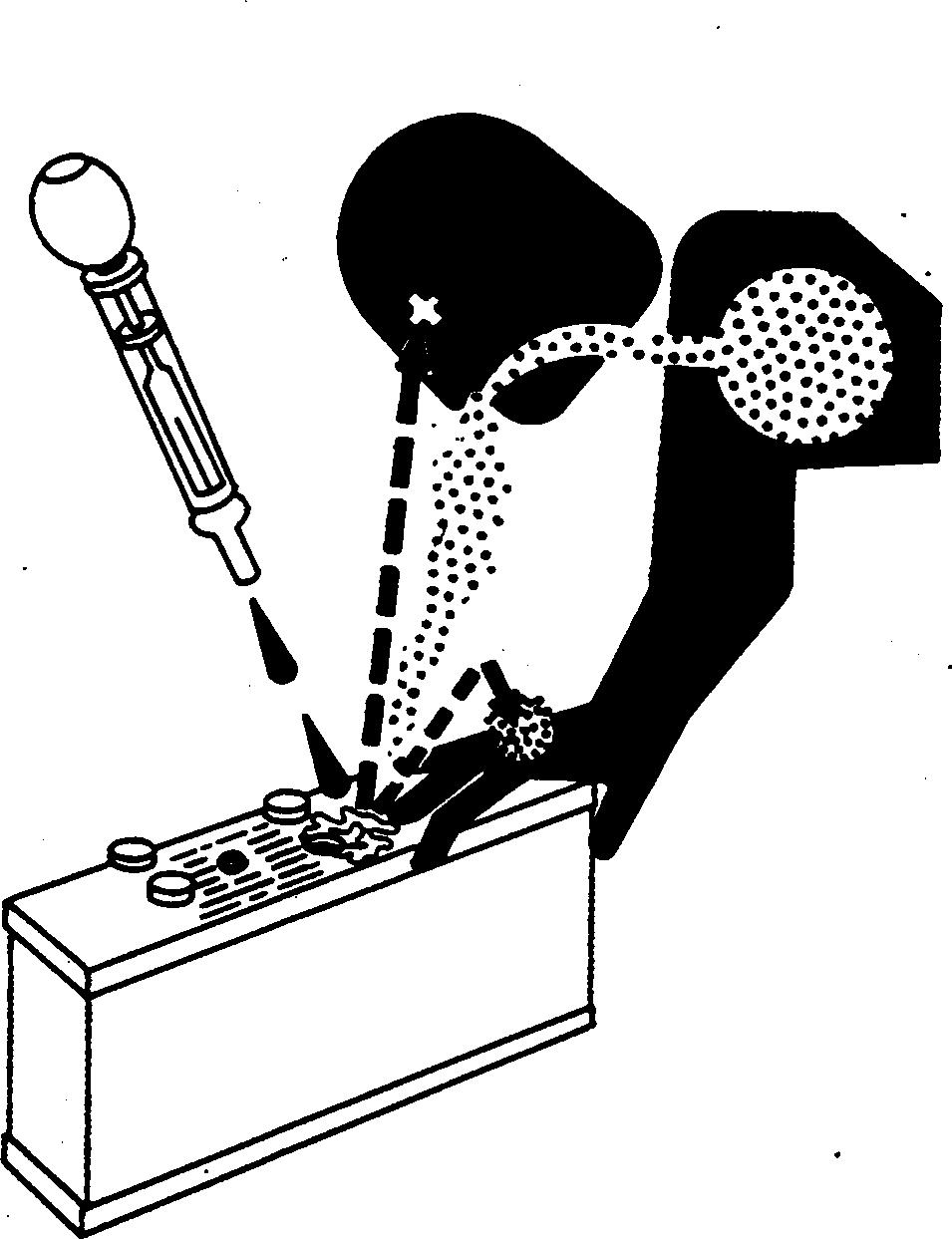
If you spill acid on yourself:
1. Flush your skin with water.
2. Apply baking soda or lime to help neutralize the acid.
3. Flush your eyes with water for 15 30 minutes. Get medical attention immediately.
If acid is swallowed:
1. Do not induce vomiting.
2. Drink large amounts of water or milk, but do not exceed 2 L (2 quarts).
3. Get medical attention immediately.
Fire Prevention
1. Machines should be cleaned of debris at least daily, particularly around engine, exhaust, and steering components. The build up of crop debris in the engine compartment, on the engine and near any moving parts is a fire hazard.
2. Machines should be inspected at least daily for potential fire hazards in electrical, exhaust, steering, fuel, hydraulic, and brake systems. Repairs should be made immediately.
3. Service personnel should be instructed on what to do when a fire starts, how to use the fire extinguisher, and must follow such instructions. Operators should be required to demonstrate an ability to use fire suppression equipment.

4. Hydraulic leaks, accumulation of grease, fuel, and oil (including spillage) should be eliminated immediately.
5. The radiator and the engine cooling system should be cleaned and serviced daily to maintain moderate engine temperatures.
6. Any portable extinguisher or fire suppression system carried on the machine that has been previously used should be recharged or replaced before the machine resumes operation. A partially discharged extinguisher will have reduced capability and may not work a second time.
7. Prior to welding or brazing on any part of the machine, the part and the surrounding area should be cleaned and a fire extinguisher should be made readily available.
Stay Clear of Harvesting Units
Topper, scrolls, side knives, knockdown rollers, and base cutter cannot be completely shielded due to their function. Stay clear of these moving elements during operation. Always disengage main clutch, shut OFF engine, set parking brake, and remove key before servicing or unclogging machine.
Stay clear of harvester during its harvesting operation to avoid flying debris.
8. Smoking, naked flames, etc., should not be permitted around any machine during fueling operations and/or when the fuel system is open to the atmosphere.
9. Do not weld where hydraulic hoses or electrical wiring can be damaged. Depressurize hydraulic hoses and move or protect. Move or protect electrical wiring/harnesses.
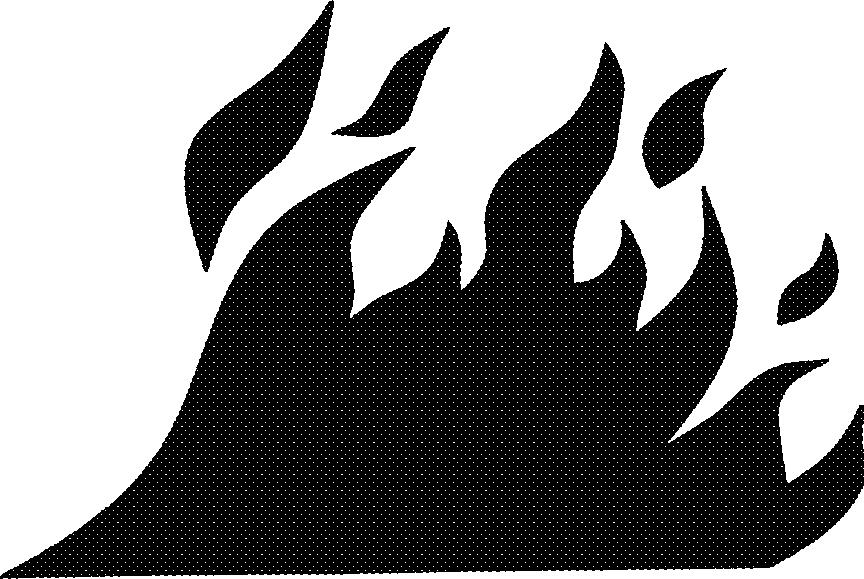
Stay Clear of Rotating Drivelines
Entanglement in rotating driveline can cause serious injury or death.
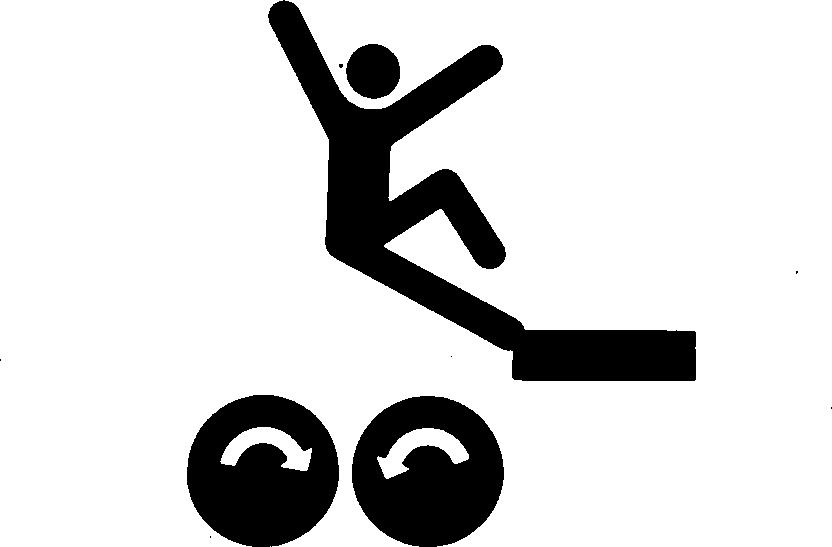
Keep all shields in place at all times. Make sure rotating shields turn freely.
Wear close-fitting clothing. Stop the engine and be sure that all rotating parts and drivelines are stopped before making adjustments, connections, or performing any type of service on engine or machine driven equipment.
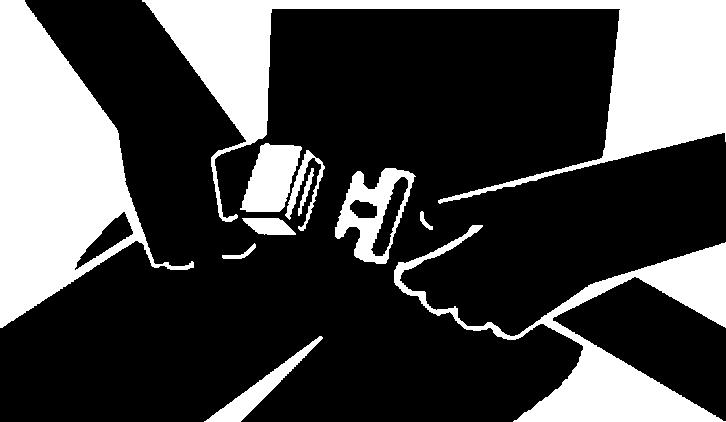
Keep Riders and Children Off Machine
Only allow the operator on the machine. Keep riders off the machine except for periods of training or short periods of observation.
Riders are subject to injury such as being thrown off the machine. Riders also obstruct the operator's view resulting in the machine being operated in an unsafe manner.
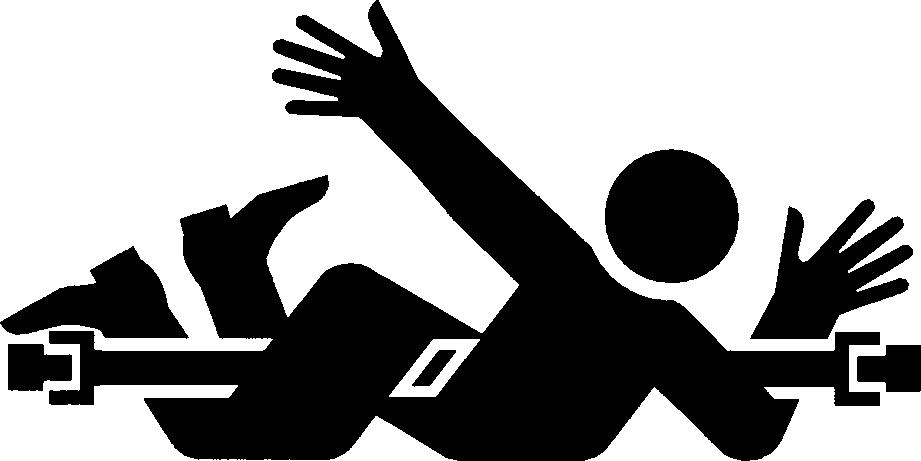
Children should never be allowed on the machine or in the harvester cab when the engine is running.
The instructional seat should only be used for instruction or short periods of machine observation, and not for the accommodation of children.
Instructional Seat
The instructional seat, if so equipped, has been provided only for training operators or diagnosing machine problems.
Install All Guards
Rotating cooling system fans, belts, pulleys, and drives can cause serious injury.
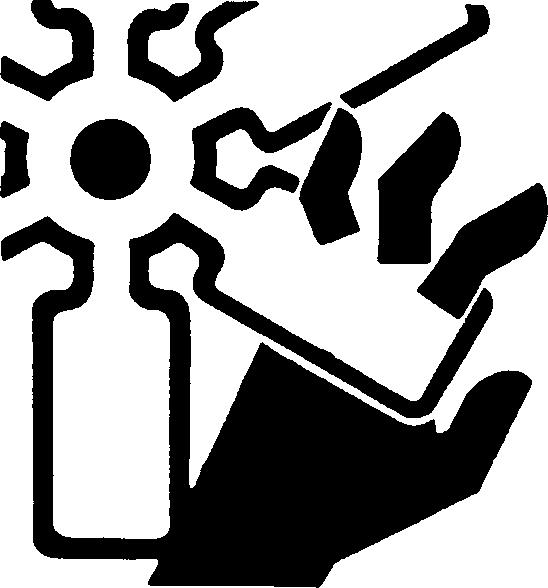
Keep all guards in place at all times during engine operation.
Wear close-fitting clothes. Stop the engine and be sure fans, belts, pulleys, and drives are stopped before making adjustments, connections, or cleaning near fans and their drive components.
Avoid Hot Exhaust
Servicing machine or attachments with engine running can result in serious personal injury. Avoid exposure and skin contact with hot exhaust gases and components.
Exhaust parts and streams become very hot during operation. Exhaust gases and components reach temperatures hot enough to burn people, ignite, or melt common materials.
General Specifications
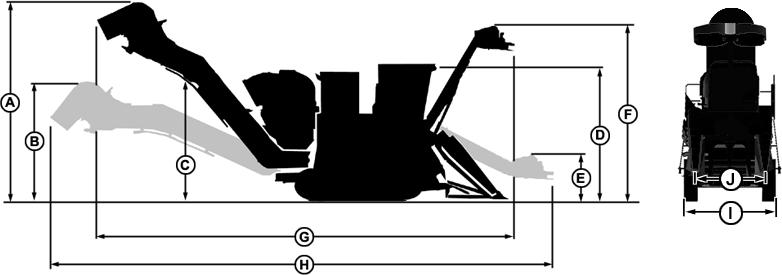
Dimensions
High Capacity Elevator Direct Drive 5 ft Primary Extractor (Track)
TM100419 (02APR13) 10-10-1 3520 and 3522 Sugar Cane Harvester Repair

